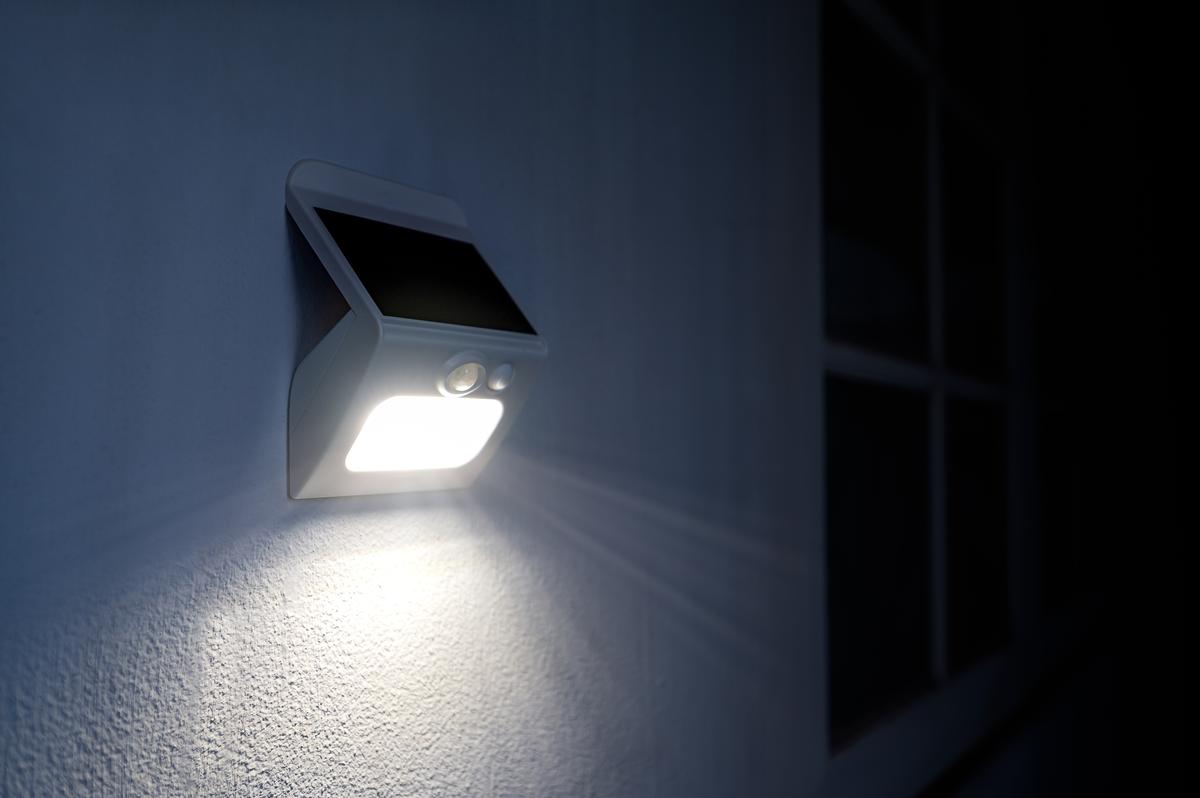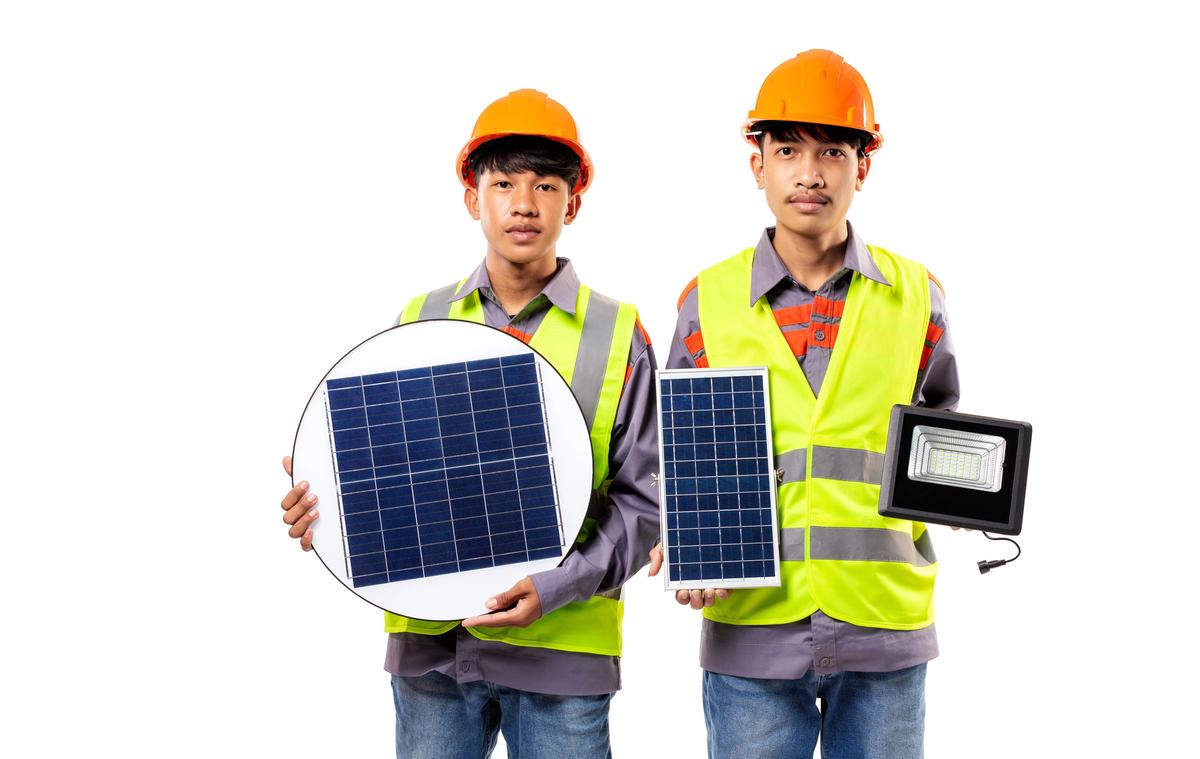Solar lights and their moderately soiled panels are cleaned with mild soap and a soft damp cloth. Light lenses that have become cloudy can be coated with a clear coat, lightly abrasive, or polished. The same applies to solar panels that have mineral deposits on their surfaces from salt or rain. Below is the tip on how to clean each feature of solar lights.
For most routine cleaning, a soft cloth dampened with water will make the solar lights look good again. A small paintbrush is also a great tool to get the dust out of all the tight spots on the fittings. If the lights are bad, a mild soap or window cleaner will usually remove stubborn dirt.
Why do solar lights need to be cleaned?
In addition to muddy, dirty light fittings that look bad, they also don’t work. Dirty or cloudy lenses don’t transmit as much light, and dirty solar panels lose charging efficiency. Anything up to 30 percent. Considering that many solar lights only have small batteries and panels, this can be a recipe for disaster.
When do solar lights need to be cleaned?

Routine cleaning is one of the best ways to prevent heavy dirt from accumulating on outdoor solar lights. This may be a pain but it will ensure that your indoor and landscape solar lights stay in tip-top shape.
Monthly cleaning
Each fitting is quick to clean with a damp cloth and the lights look good and work well. In many cases, you won’t even need to move the lights to do this.
If your schedule allows, this can be done bi-weekly or at least once a month. If you live where there is a lot of smog or airborne salt, you may need to increase the frequency. Don’t forget to clean the solar panels while you’re at it.
Seasonal cleaning
Seasonal weather events such as snow and rain quickly make solar lights dirty. The same applies to areas where summer bushfires occur when ash and dust settle on almost everything. Deep cleaning of your solar light fittings at the end of the season will help maintain clean solar panels and lights year-round.
This will take a bit more effort and will require the use of a mild soap or solar panel cleaner. The same process as the monthly cleaning will apply with the addition of a little more elbow grease.
Annual cleaning
It is good practice to take down solar lights once a year and maintain them well. During these sessions, the inside and outside of the lights should be cleaned as well as routine battery checks or replacements.
If you stick to a monthly and seasonal cleaning routine, cleaning the lights will be quick and easy.
Supplementary
As a side note, annual battery maintenance or replacement is something that should be mentioned here. And since it’s good practice to turn down your lights once a year, it makes good sense to do it later.
Most people wait until it’s either nightfall or dusk before changing batteries. That’s fine, but it’s a good practice to routinely replace all of your batteries at least once every two years. With an average 24-pack of 1,000 mAh NiMh batteries costing around $20.00, it’s a good idea to do so.
Not only will you maintain high-light output, but you’ll also reduce the chance of sudden failure and battery leakage. Modern rechargeable batteries are reliable, but they have limitations.
Alkaline baking soda will quickly remove the acid from the terminals and leave them as good as new. Wipe the crud off the battery housing with a paper towel, and you’re good to go. Any pitting on the terminals can be removed with fine grit sandpaper or an abrasive compound.
How To Clean Solar Lights?

In general, cleaning the outside of the fitting with a damp cloth will eliminate most of the cleaning schedule. However, regular window cleaners work wonders in environments where air pollution is bad. A soft brush is also great for removing loose debris.
And a wet cloth is essential. Never spray water or solvents directly on solar lights. They may be rated weatherproof, but there is a limit to how effective this is. If the enclosure gets wet inside, it can burn circuit boards or cause battery corrosion.
Cloudy sunlight lens
Prolonged exposure to UV light and pollutants can leave clear acrylic lenses cloudy or opaque. In most cases, cleaning the dirt with soap and then polishing the lens will solve the problem. Any auto or metal polish or headlight restorer works wonders for this, as does toothpaste, believe it or not.
To finish it off, clean the light well and let it dry completely. Apply the polish to the lens or light cover and rub it in a circular motion for one minute. When it dries, take a clean, dry cloth and wipe off all the polish.
In particularly stubborn cases, a buffing ball or pad in a battery drill can remove really bad clouds and discoloration.
Loaded solar panels
Some solar lights that have solar panels mounted flat on the light cover are very prone to dirt. Water accumulates on the surface of solar panels and takes a long time to dry. Remember, cleaner solar panels equal more efficient lighting and the longest burn times.
The same basic cleaning process we described above for cloudy lenses works well for solar panels on up lights. Acetone is an excellent tool for cleaning solar panels. Just be careful, acetone can ruin some plastics. First, test the solvent on the side exposed to light.
Trim adjacent shrubs and trees regularly.
Any plants, trees, or shrubs that block the sun for part of the day need regular pruning to ensure your solar panels get full exposure to the sun. Since your lights rely on sunlight, this task will need to be completed regularly. Depending on the growth rate of surrounding trees and shrubs, you may need to prune them once a month.
Clean globes and fittings.
When you have soapy water, a soft cloth, and a scrub brush, you can also clean mud, dirt, dust, or debris from globes and fixtures. Clean the plastic or metal components of your solar light can maintain their visual appeal and increase their life time period. Cleaning glass or plastic globes ensures that dirt and dust are not blocking the light.
Overhead lights and stand-alone solar panels
Solar lights mounted on buildings or solar lamp posts can be difficult to clean. The overhead lights include gutter spotlights, lights, and motion sensor security lights. In most cases, you’ll need to press your ladder into service, and that’s when ladder protection comes in handy.
Many solar flood lights, lamp posts, flag pole lights, and shade lights have separate solar panels. Most of them are angled to receive maximum light. Solar panels that are tilted are less prone to collecting dust and dirt, making cleaning easier. So, cleaning these solar lights and their solar panels is routine outside of falling off your ladder.
High voltage solar lights
Not all people choose to convert existing landscape lighting to low voltage solar lighting fittings. In these cases, the lights will typically be powered by high voltage AC power from a solar inverter.
This is a whole new ball game, and extra care must be taken because water and high voltage AC do not mix. Before cleaning always separate high voltage lighting at the distribution point. Preferably on a solar panel or combiner box.
Other than this important safety precaution, it’s business as usual. Just make sure you prevent water ingress with extra strength. Wet fittings can cause serious problems even when the garden lights are switched on.